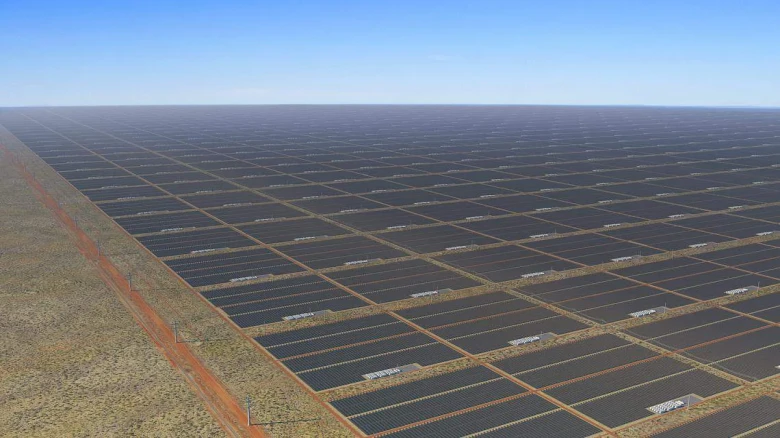Power plants and consumers might be connected across Asia, but efforts to do so have lagged due to problems with government coordination and finance for infrastructure.
Digital Desk: A study commissioned by proponents of the technology claims that plans for a system of sub-sea cables that would build a continental power grid spanning Japan to India are quickly becoming more affordable and practical.
The prospects for a network that could help transfer renewable energy generated in one corner of the region to consumers thousands of miles away have improved thanks to advancements in high-voltage, direct current technology, and the ability to lay cables at depths of up to 3,000 metres, opening up previously inaccessible terrain.
The Asia Green Grid Network stated in a report on Wednesday that it is now more feasible "to connect energy grids over considerably longer distances in an inexpensive manner." Making it a reality will require overcoming a number of obstacles, many of which will call for innovative solutions.
The group, which also includes Sun Cable, estimates that the main transmission lines for a pan-Asian grid could cost between $77 billion and $116 billion, which is significantly less than previous estimates. Sun Cable is the developer of a A$30 billion ($19 billion) Australia-to-Singapore solar project. According to the network, further funding would be required for other significant infrastructure items including batteries, voltage converters, and renewable energy sources.
Power plants and consumers might be connected across Asia, but efforts to do so have lagged due to problems with government coordination and finance for infrastructure.
China's State Grid Corp. estimated that by 2050, building such a grid will cost around $50 trillion.
Supporters see a possibility to accelerate the green transition by bridging the gap between the heavy electricity users in urban centres and industrial hubs and renewable energy produced in areas with substantial sun, wind, or hydropower resources.
Asian grid integration is still in its early stages compared to European interconnections, although it is progressing. This year, Singapore started getting hydropower from Laos which was linked through Thailand and Malaysia.
With the construction of countless kilometres of ultra-high voltage lines to connect power facilities in western deserts to urban centres in the east, China is likewise implementing comparable concepts on a national scale.
Sun Cable established the Asia Green Grid Network in collaboration with a number of Australian and Singaporean universities to research the development of a comprehensive regional power network.

Leave A Comment